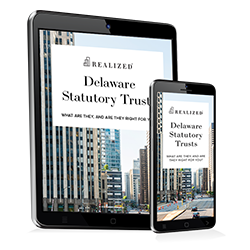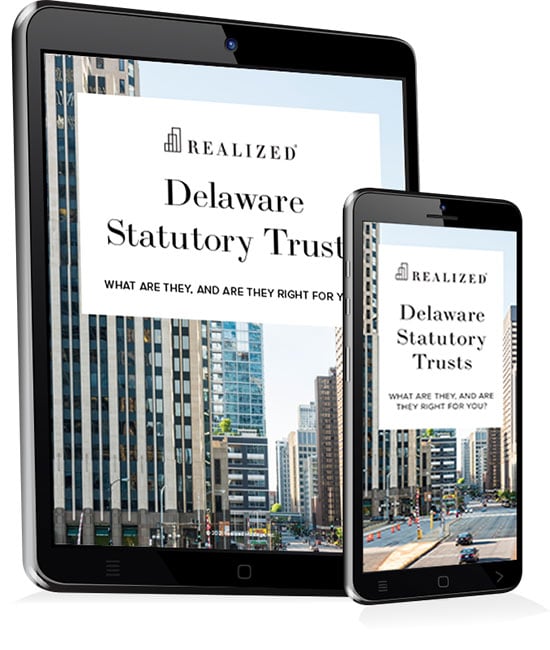
Investing in real estate typically involves not just income and expenses but also navigating the tax implications on the value of the investment. Therefore, an investor may choose a Delaware Statutory Trust (DST) to pursue potential gains, the passive nature of ownership and income, and the tax advantages.
Depreciation plays a significant role in tax reporting and 1031 exchanges for DST and exchange replacement properties. When engaging in a DST 1031 exchange, the depreciation treatment is carried over, allowing you to continue to depreciate the new property or DST properties. Even if your real estate has been fully depreciated, the basis remains consistent and carries over to the new property. This carryover provision ensures continuity in tax treatment and offers potential benefits in minimizing taxable gains. For investors, understanding the nuances of DST depreciation is vital to making informed decisions regarding their real estate investments.
What Is Depreciation?
First, it will be helpful to understand the value of depreciation as it relates to real estate investments in general. Depreciation of real estate can be one of the valuable aspects of investing in property or related vehicles. It is defined as an income tax deduction that the IRS allows for a taxpayer to recover the cost of property that is in service as a source of rental income. Depreciation begins when a property is placed into service and ends when that property is disposed of (usually sold).
To calculate the depreciation, you start with the basis, which is usually what you paid for the asset, minus the land's value. Land does not lose its value as improvements do, so you subtract the value of the land from the property's purchase price to arrive at the basis. Every depreciable asset has a specific recovery period set by the IRS. The tax depreciation system is called MACRS (Modified Accelerated Cost Recovery System). In the schedule, residential real estate can be depreciated over 27.5 years, while commercial property has a depreciation period of 39 years.
How Can A DST Benefit An Investor?
A DST might be an attractive investment for individuals who are seeking real estate investments but may not want to add direct ownership of commercial property or who prefer the fractional option of larger assets that a DST can offer. Federal securities law classifies DSTs as securities, but the IRS considers the investment to be direct ownership of real estate. This combination allows the taxpayer to use a 1031 exchange both to enter and exit the DST investment.
Investing in a DST can offer significant flexibility to a taxpayer who is seeking replacement property for a 1031 exchange. For example, suppose you need to identify potential replacements and have a shortfall in the value. Keep in mind that replacing the total value of the relinquished property is essential to a successful 1031 exchange. You can quickly fill any size gap by adding a DST purchase to the mix. Alternatively, the DST investment can entirely replace the direct ownership. Since the DST sponsor has already done the work of acquiring the property or properties, a potential investor can drastically reduce the risk of missing an IRS deadline and thus disqualifying their exchange.
DSTs Have Risks As Well
DSTs have risks, like all investments. To participate in a DST, investors must hold accredited status (meeting specific asset, income, or expertise guidelines established by the SEC). DSTs are not liquid, so investors need to be aware that their funds are not accessible and are at risk, even though they may be receiving income distributions. The trust management is crucial to the investment's success, so investors should choose their fund sponsor carefully.



